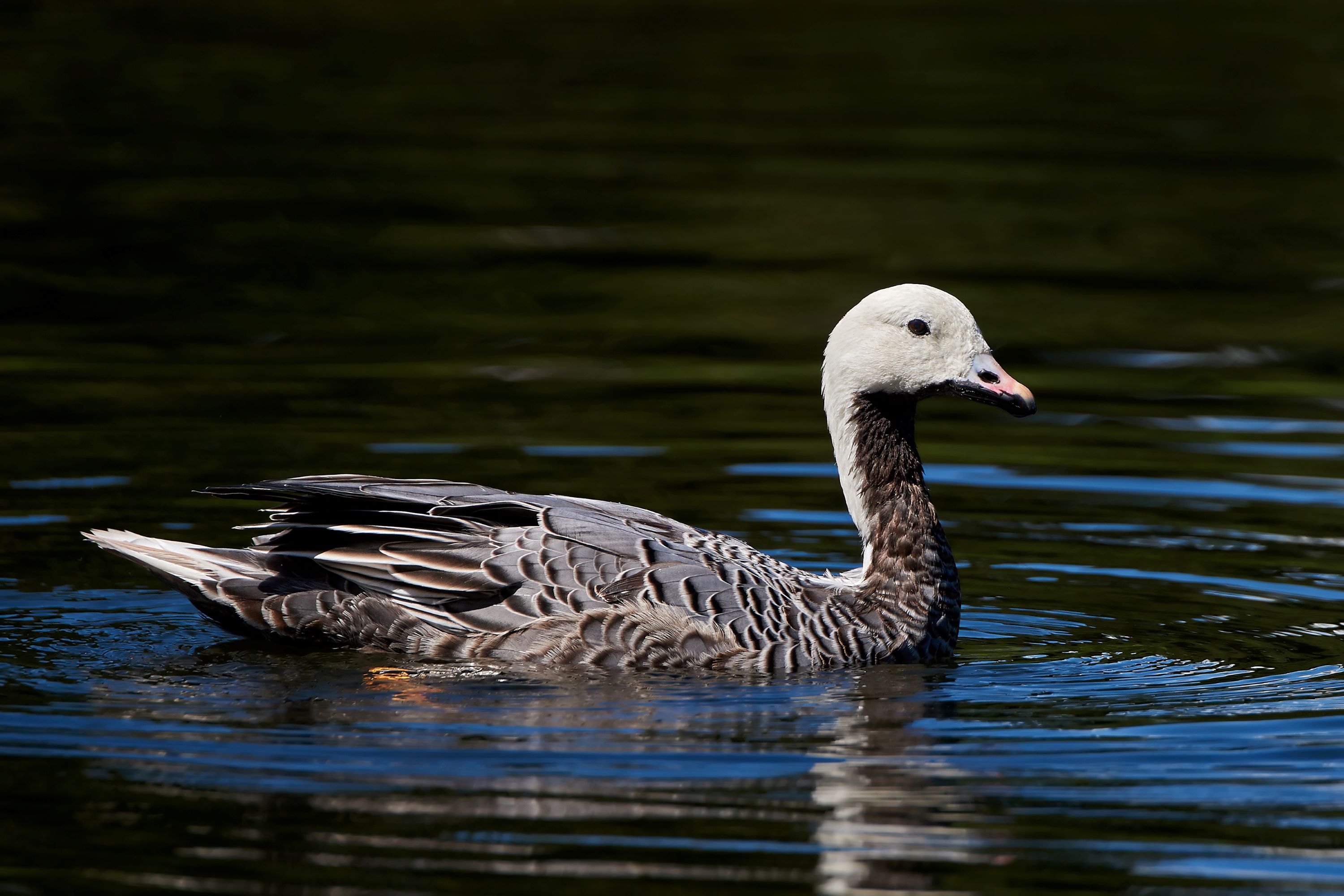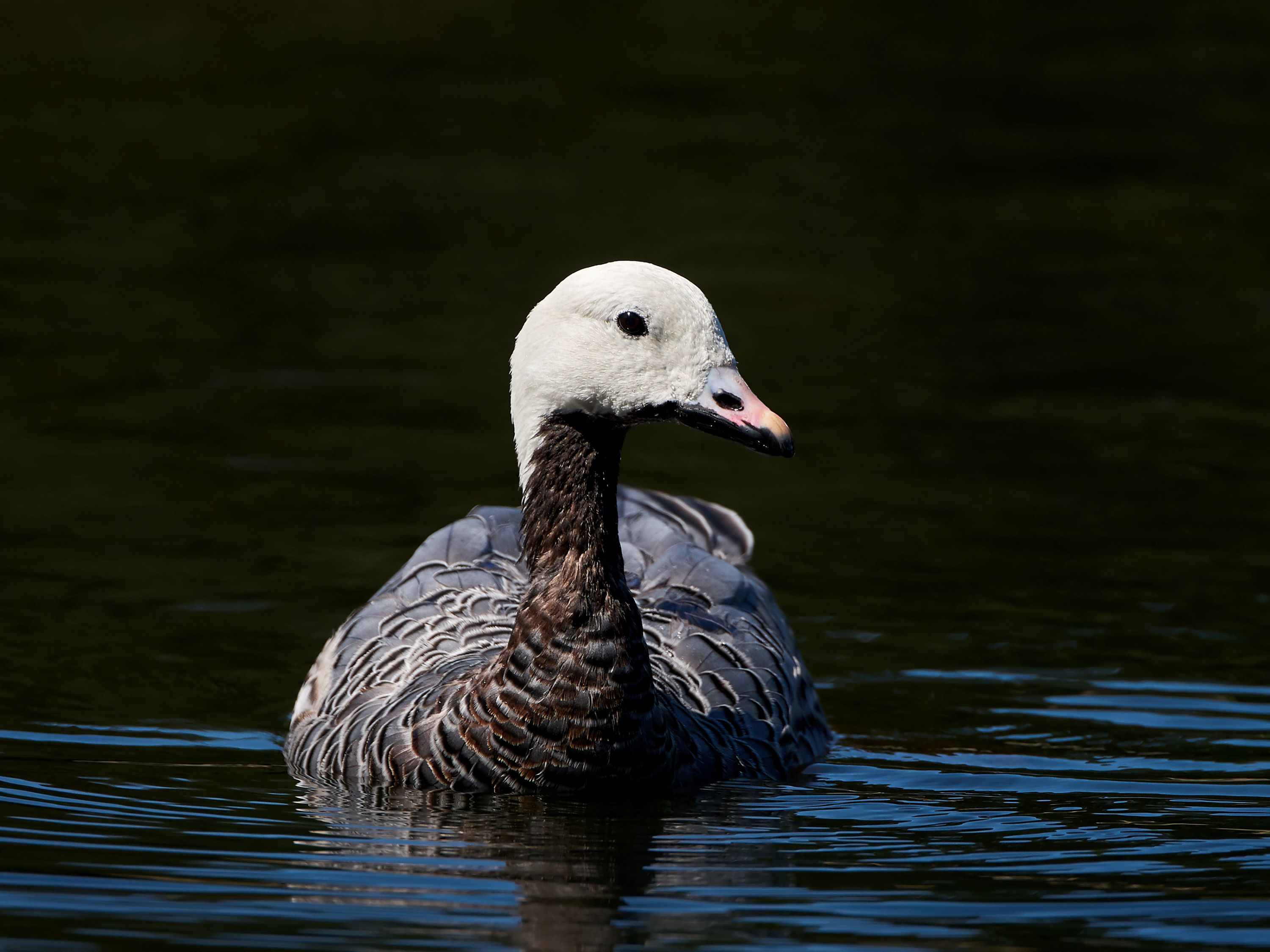
The Emperor Goose: A Regal Bird of the Northern Skies
Introduction
The Emperor Goose, a species with a striking appearance and a habitat far from the familiar terrains of Utah, stands as a remarkable example of avian adaptation and beauty. This bird, known for its unique plumage and northern breeding grounds, is a species that holds a special place in the world of ornithology.
Description and Identification
The Emperor Goose (Anser canagicus) is easily distinguishable by its elegant grey plumage, speckled with fine white spots, creating a scaled effect. Adults exhibit a distinctive white head and nape, contrasting with a black throat. Their bill and legs are bright orange, adding to their striking appearance. The Emperor Goose is smaller than most geese, giving it a compact and robust look.
Habitat and Range
Native to the coastal areas of Alaska and northeastern Siberia, the Emperor Goose favors habitats such as coastal marshes, lagoons, and estuaries. These environments provide the ideal conditions for feeding and nesting. The species is strongly linked to coastal areas, rarely venturing far inland.

Migration Patterns
Emperor Geese are partial migrants. While some populations remain near their breeding grounds year-round, others migrate short distances southward along the coast in the winter. These migrations are typically less extensive than those of other goose species, with birds seeking ice-free areas along the coastline.
Behavior and Social Structure
Emperor Geese are gregarious birds, often found in small flocks, particularly during migration and in wintering areas. They are known for their loud, barking calls. During the breeding season, pairs become more territorial, defending their nesting sites against intruders.
Diet and Foraging
The diet of the Emperor Goose primarily consists of plant material, including grasses, sedges, and seaweeds. They are particularly adept at foraging in coastal environments, taking advantage of tidal changes to access food. In winter, they may also consume mollusks and small invertebrates.
Breeding and Nesting
Breeding occurs in the coastal tundra of Alaska and northeastern Siberia. The Emperor Goose nests on the ground, typically near water, using vegetation to construct a simple but effective nest. The female lays 3-7 eggs, and both parents are involved in rearing the goslings, which are quick to develop and soon start foraging alongside their parents.
Conservation Status
The Emperor Goose is currently classified as Near Threatened by the IUCN. The species faces challenges such as habitat degradation, climate change, and hunting pressures. Conservation efforts are focused on protecting their coastal habitats and monitoring population trends.
The Emperor Goose and Birdwatching
While the Emperor Goose is not found in Utah, it represents the ecological diversity of bird species across the globe. For birdwatchers, understanding the life and habits of the Emperor Goose enriches their appreciation of bird species' adaptability and the importance of habitat conservation.
Conclusion
The Emperor Goose, with its regal appearance and distinctive coastal lifestyle, is a testament to the variety and resilience of avian species. While it may not be a bird seen in the skies of Utah, its story adds depth to the broader narrative of global bird ecology. For those interested in ornithology, the Emperor Goose exemplifies the need for continued efforts in conserving diverse habitats to support the rich tapestry of bird life around the world.